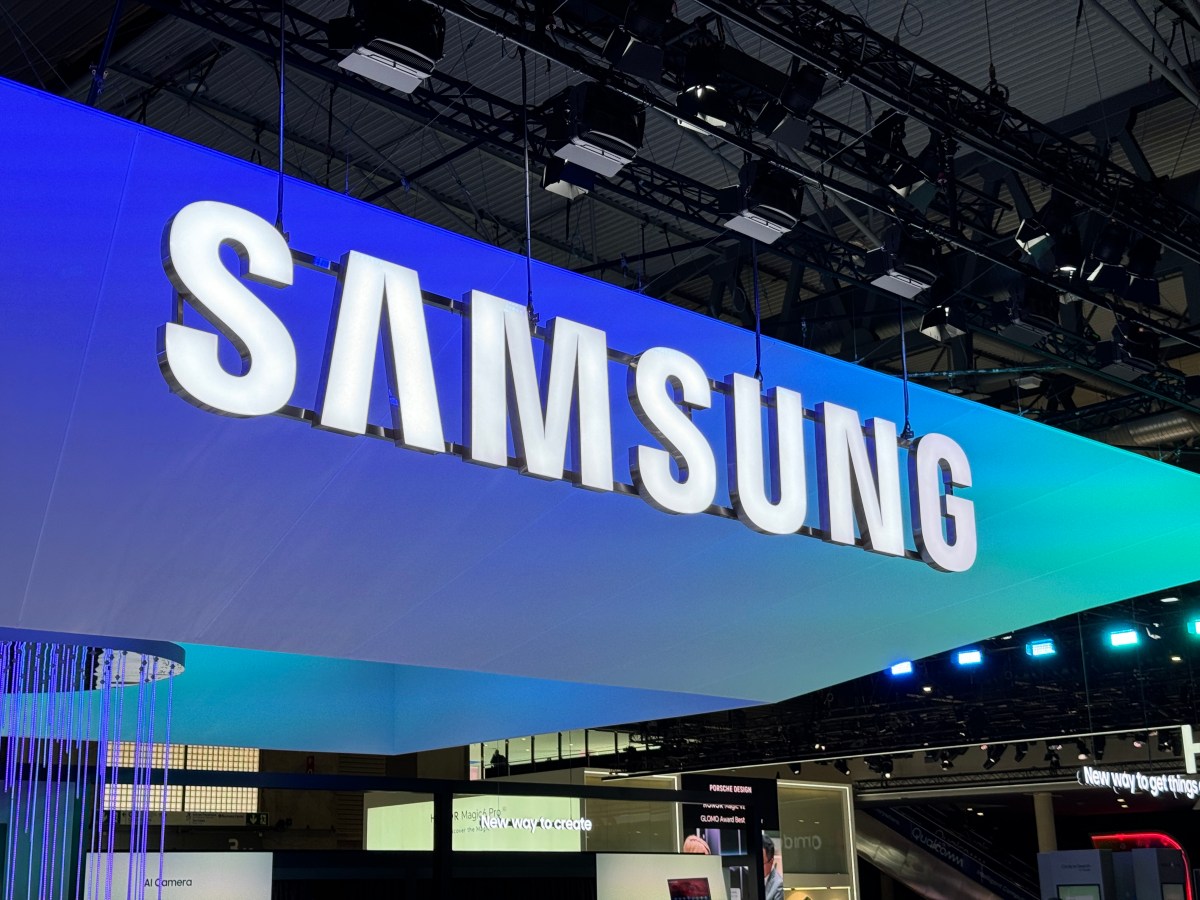ARTICLE AD
Cruise has started testing its autonomous vehicles in Phoenix, with plans to begin “supervised” driving in the city more than six months after the GM self-driving subsidiary halted its driverless operations across the United States.
Cruise announced Monday in a blog post that it will begin testing two vehicles in autonomous mode on public roads in metro Phoenix. A human safety operator will be behind the wheel during this phase of testing, according to the company. Another eight Cruise autonomous vehicles will continue to be manually driven in the area. Cruise said it’s focused on validating the technology against pre-determined safety and AV performance requirements. The company described this as a “critical validation phase” and will gradually expand to other Phoenix suburbs, including Scottsdale, Paradise Valley, Tempe, Mesa, Gilbert and Chandler.
This week, we’re excited to begin supervised autonomous driving in Phoenix. During this phase, our cars drive autonomously, with a safety driver behind the wheel to monitor and take over if needed. Safety continues to be the defining principle for everything we do, and supervised…
— cruise (@Cruise) May 13, 2024Cruise’s relaunch of operations has been slow and — for now — focused on Phoenix and not in San Francisco, where it’s headquartered. In April, the company started with mapping and collecting road information in manually driven vehicles.
Monday’s announcement marks a small, yet significant moment in Cruise’s efforts to move past the October 2 incident in San Francisco that left a pedestrian stuck under and then dragged by one of its robotaxis. That event coupled with the company’s response prompted California regulators to suspend Cruise’s deployment and driverless testing permits, effectively ending its robotaxi operations in the state where the bulk of its operations were located.
Within weeks, Cruise had paused all of its operations, which included testing in Austin and Miami. In a bid to rebuild trust, the company ousted senior leaders, stacked its board with GM executives and hired law firm Quinn Emanuel to review the incident. Co-founder and CEO Kyle Vogt resigned and ultimately 24% of the workforce was laid off.
The firm’s report, which was released in January, concluded that Cruise didn’t purposely mislead regulators. Instead, a lack of judgement, missteps by leadership, an “us versus them” relationship with regulators and a fixation on correcting the inaccurate media narrative that the Cruise AV, not the human-driven Nissan, had caused the accident were all contributing factors to Cruise’s problems, according to the 195-page report.

 6 months ago
32
6 months ago
32 

